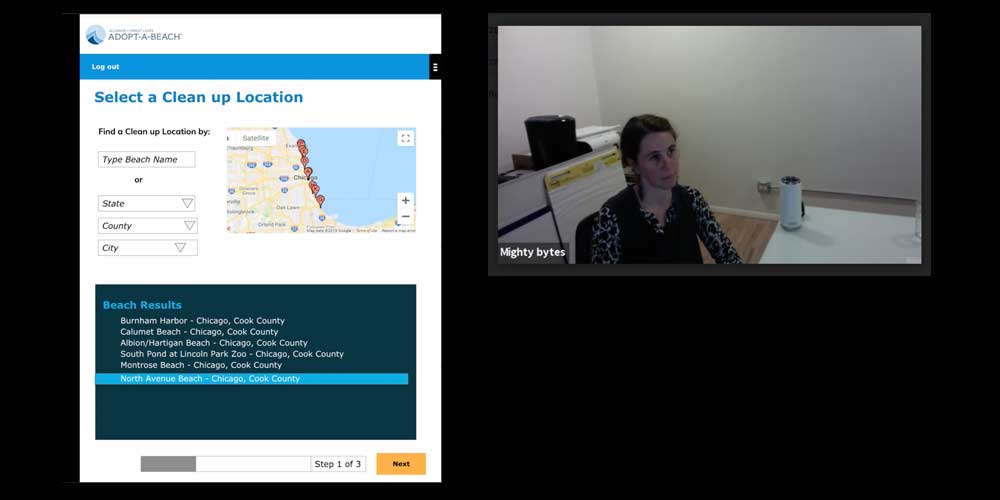Conducting Stakeholder Interviews for Digital Products
In this post, we explore how incorporating stakeholder interviews into digital product processes creates shared value and, ultimately, saves time and money.
During product roadmapping or discovery workshop engagements with clients, it is inevitable that someone makes assumptions about what target users want. These may or may not be correct. If these assumptions are correct, the time and resources spent building related features will be worthwhile.
However, if they miss the mark, you could build something that no one uses. And nobody wants to fall into the build trap.
Running stakeholder interviews can help you validate or refute these assumptions before you spend time or money building out features. Let’s explore how.
Creating Value with Stakeholder Interviews
Sometimes, stakeholder interviews can make or break a digital product. Critically, they provide valuable insights throughout product design and development processes that help teams make educated decisions based on real data.
This type of field research and ethnography doesn’t have to be complicated:
- A researcher sets out to validate (or refute) an assumption that’s been made about a digital product or service.
- They identify people who represent a range of use cases.
- They ask specific questions about how those stakeholders interact with a product or prototype.
The key to interview success is to focus on quality over quantity in selecting the right users. One of your team members can conduct three user interviews in the course of a morning or an afternoon. If you have designed good questions, your data should be easy to read without adding a lot of analysis time.

Wireframes & Prototypes in Stakeholder Interviews
Visual aids can also make a big difference in user interview success. During a product’s UX Design process or during a design sprint, we often share wireframes or clickable prototypes to help interview subjects better understand an intended customer journey.
Similarly, if you’re working on a product redesign, the existing product can help you identify specific pain points to fix.
Selecting the Right Interview Protocol
If you want good findings from a stakeholder interview, you will need a good protocol. Below are a few simple tips on how to get started:
Understand Your Stakeholders
First, stakeholder mapping can help you identify who the stakeholders are in your business ecosystem and what their material needs are. This process can drive interview recruiting.
However, internal stakeholders make terrible interview subjects. You won’t get the objective feedback necessary to qualify your efforts as successful.
For example, recruit real people whose traits reflect those you identified in research exercises like personas or other methods. While some of those traits might also be based on assumptions, choosing the right people for interviews will make a big difference in the results you get.
Ask Non-Leading Questions
Next, avoid questions that may lead or bait your interview subject, such as:
- How do you feel about this design?
- What do you expect this product to do?
- Should the search bar be in the upper right?
Stakeholder interviews are not the same thing as a focus group interview. You are trying to discover how people use your product. For example, ask:
- When do you use the product?
- Can you show me how you log in and perform task x?
- What are the different devices or computers you use to log into the product?
Don’t lead interview subjects and avoid emotional prompts.
Interview People in their Work Environment
Also, interview stakeholders in the room, chair, position, and set up they normally use to engage with your product. It may be logistically tough to do this, but you are better off with a few good interviews in a real work environment than a dozen offsite interviews. Context matters.
Record the Session
Finally, record each interview. This will fill gaps in your notes and give you something to refer back to if questions arise. Be sure to capture the computer or device your subject uses as they answer questions. If the interview is remote, use a videoconference tool that supports recording. If the interview is conducted in-person, a smartphone on a tripod will do.
Stakeholder Interviews: Final Thoughts
To sum up, most products can benefit from strategic interviews. While they may take some time up front, they save large amounts of time and money over the long haul. Plus, the insights they provide can inform important product decisions.
Finally, stakeholder interviews offer concrete data about how people use your product, whether negative or positive, and what potential unintended side effects might be. In the long run, that’s a very good thing.
Inclusive Experience Design
Learn more about how Mightybytes uses inclusive design strategies to help our clients strengthen stakeholder relationships while meeting their business goals.